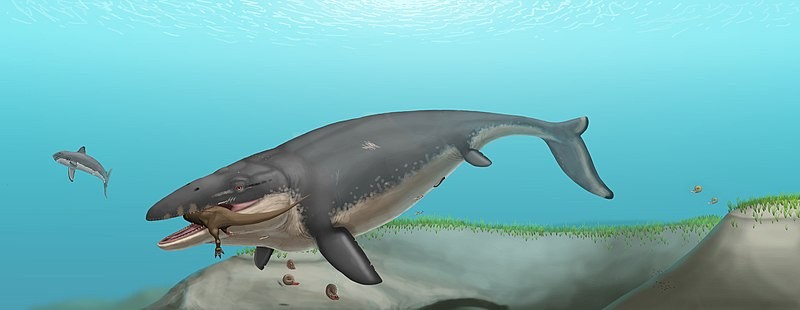Paleontologists discovered the striking petrified bones of a 30-foot aquatic lizard in Texas.
They used various tools, including shovels, picks, probes, and paintbrushes, to delicately extract the fossil from the clay-like rock in the riverbed.
According to reports, the entire process took six days.

According to The Dallas Morning News via Chron, paleontologists from the Perot Museum of Nature and Science discovered a mosasaur fossil next to a northern Texas river last month.
Although they coexisted with dinosaurs throughout the Cretaceous period, mosasaurs were not dinosaurs, according to the National Park Service.
Instead, their extinct group was closely related to monitor lizards and snakes still alive today, including the 10-foot Komodo dragon.
Read also: European Panda: Fossils Found in 1970 May Actually be the Giant Panda's European Relatives
Excavating the Ancient Sea Monster

According to Newsweek, excavations of the mosasaur's large, fossilized head, lower jawbones, and vertebrae started in the middle of July after amateur explorer Stephen Kruse found a section of the spine close to the North Sulphur River.
After turning a corner while strolling close to the river, Kruse told the Dallas Morning News that the fossil was "just sitting there, coming straight out of the wall."
Bone fissures were filled with glue to keep the fossil from crumbling when it was removed.
Paleobotany curator Dory Contreras of the Perot museum told the Dallas Morning News, "It's like a puzzle: You never know where it's going to go. Therefore, when you delve deeper back, you find and discover more."
The museum crew still needs to finish excavating the complete fossil, and they plan to go back to the riverbank this fall to complete the task.
Previous mosasaur finds have also been made in the fossil-rich North Sulphur River.
A Vicious Prehistoric Creature
The mosasaur was a vicious, predatory reptile comparable to contemporary apex predators like great white sharks or killer whales.
A variant of it has been shown briefly in several Jurassic World movies.
Prehistoric Texas
Although they were aquatic, mosasaurs could breathe air and be occasionally required to surface to do so, much like whales or sea turtles.
Substantial plesiosaurs, fish, turtles, and other aquatic animals made up a large portion of their diet.
The Perot museum's director of paleontology, Dr. Ron Tykoski, told Dallas Fox affiliate KDFW that when the fossil they discovered was alive, most of Texas was a "great environment" for big marine predators like the mosasaur.
It would have been packed with fish, reptiles, clams, oysters, marine life, and other such things in lovely, warm, nearly tropical oceans and seas, according to Tykoski.
"If you were a huge, voracious, predatory reptile," she said, "that was a great place to live."
Mosasaurs vanished 66 million years ago during the same catastrophic extinction that killed out non-avian dinosaurs.
Most experts agree that a large asteroid's destruction caused the extinction, causing the ecosystem to be devastated by a long, severe winter that prevented photosynthesis and destroyed food supplies.
Related Article : Study Shows How Prehistoric Marine Vampire Terrorized the Deep Back Then
For similar news, don't forget to follow Nature World News!
© 2025 NatureWorldNews.com All rights reserved. Do not reproduce without permission.





